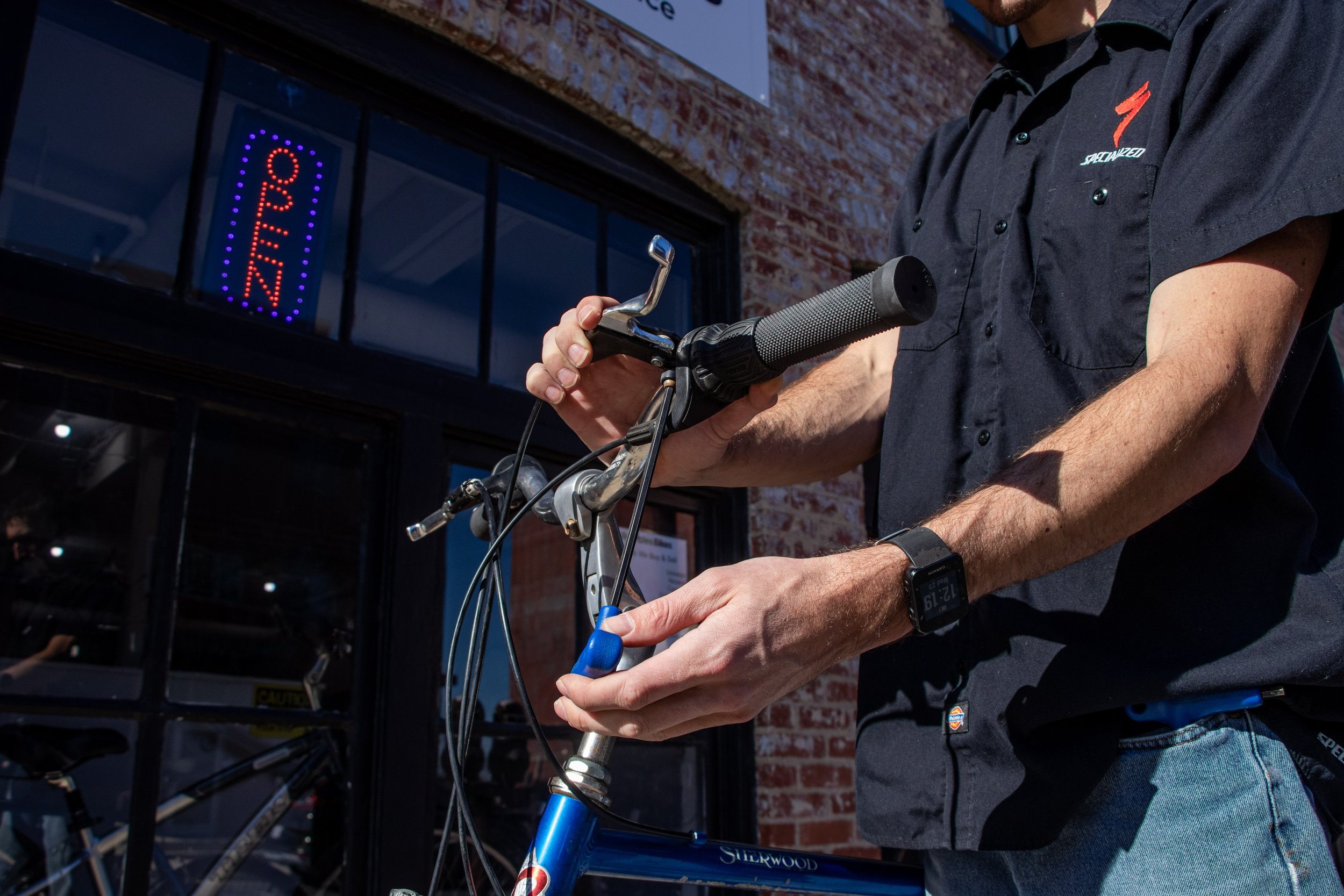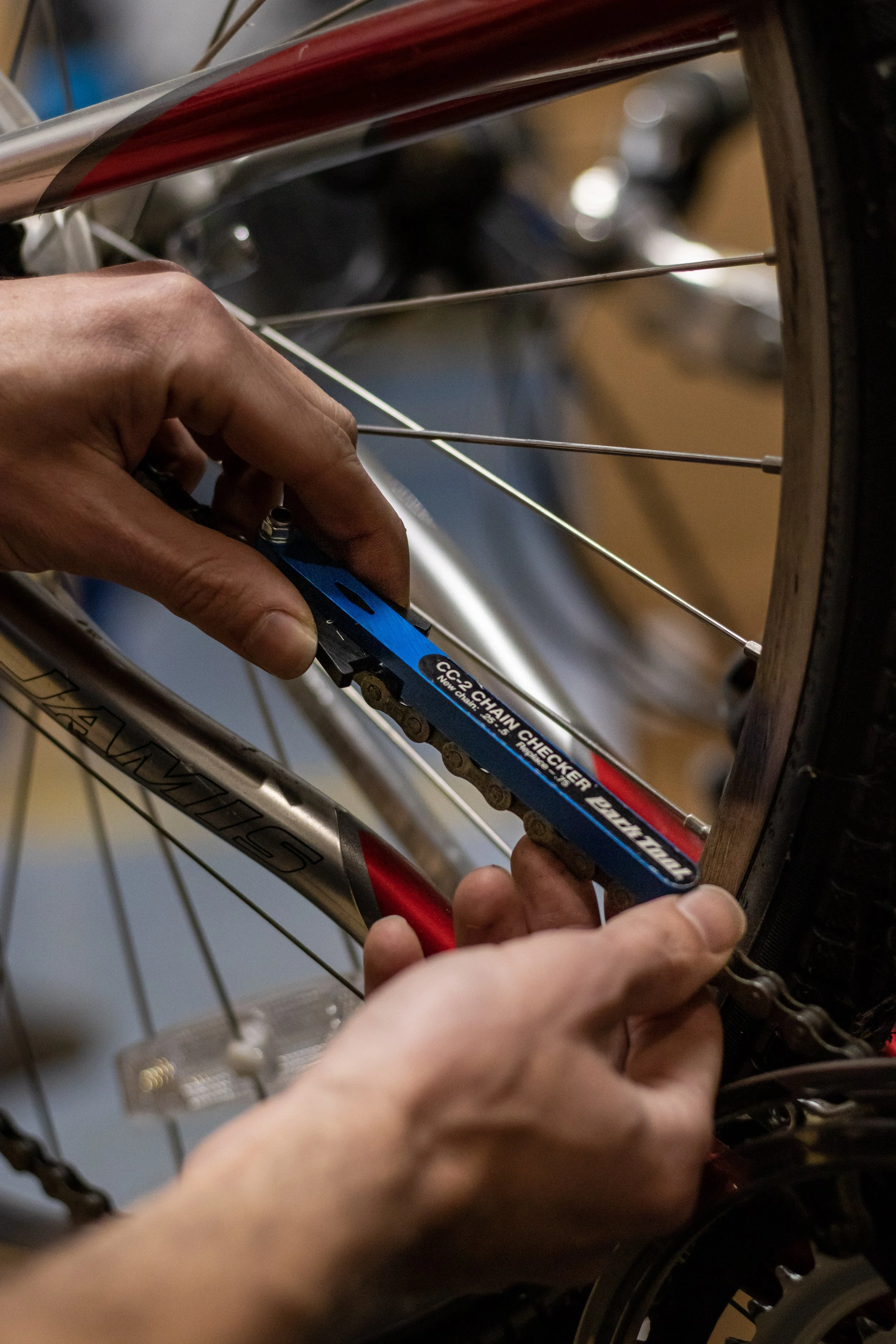When it comes to buying a bike, many people are tempted to go for the cheapest option available. However, this is often a mistake, as low-quality bikes tend to need frequent repairs and replacements. In the long run, investing in a high-quality bike saves you money.
To illustrate this point, let's compare the cost of a low-quality bike from a department store with a high-quality bike from ReCycles Bikes. The department store bike might cost $200, but let's say it needs $100 worth of repairs in the first year and another $150 worth of repairs in the second year. That brings the total cost to $450 in just two years.
On the other hand, the high-quality bike from ReCycles Bikes might cost $350. However, it may not need any repairs for several years. In that case, the total cost of the high-quality bike would be $350, compared to $450 for the department store bike.
We see this reality unfold everyday in our service department. Major functional issues requiring costly repairs on department store bikes that are less than 6 months old, meanwhile the bikes we sell are not coming back in need of service.
Crazy, right? This example does not even take into account longevity. I’ve personally had my fair share of department store bikes growing up (Not going to name names, but you know where these bike came from) Ah’ the days of getting that new bike feeling once every 2 years once the old one fell apart. It’s fun when you are a kid, not so fun when you are footing the bill as an adult.
Quality brands such as Trek, Giant and Specialized will have long term performance with minimal maintenance. Imagine passing your bike down to your child once they are an adult. We have seen this in our service department time and time again. Our regulars for repairs have department store bikes, while people who purchase from us are back for service so seldom we sometimes forget their faces!
At ReCycles Bikes, we carefully vet all of the bikes we carry for quality brands and components, model year, and wear and tear. We only offer bikes that we would trust for our own family members, so you can be confident that you're getting a high-quality bike when you shop with us. Plus, we offer a comprehensive 30-day warranty on all of our bikes, so you can have peace of mind that your purchase is protected.
So, as you can see, investing in a high-quality bike from a reputable shop saves you money in the long run. Not only will you avoid the cost and hassle of frequent repairs, but you'll also enjoy a better riding experience on a bike that's built to last.
Don't be tempted by low prices – invest in a high-quality bike and enjoy the benefits for years to come.







